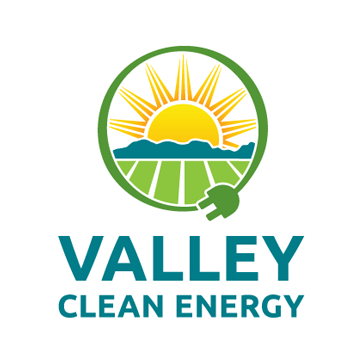Have you ever noticed that your home seems to hold in heat during the summer? Is your air conditioner constantly running to keep your home cool? Not only can energy bills rise with the temperatures, the demand on the power grid is much greater. Improving your home’s energy efficiency is a sound investment that can save you money and even increase the value of your home.
Here are 10 actionable ideas to make your home more energy-efficient this summer. From budget-friendly and DIY updates, these considerations can make a big impact.
- Feel the Breeze Use natural ventilation to let the outside air flow! If you live in a place where temperatures outside are cool in the evening and early morning hours, open your doors and windows to naturally cool your home. Create a cross ventilation by opening windows at opposite sides of the home so the fresh air can circulate.
- Ceiling Fans are Cooler than You Think Ceiling fans have the ability to provide effective cooling while consuming minimal electricity. By running a ceiling fan, you can feel cooler without necessarily lowering the room temperature. This allows you to set your thermostat at a higher temperature, reducing the workload on your air conditioner and ultimately lowering your energy consumption, and your electricity bill!
- Power Strips – The Cure for Energy Vampires Making use of power strips throughout your home can >help reduce power when electronics are not in use. If they remain plugged in, many electronics continue to draw power even when they’re turned off. Plug them into power strips and switch off the power strip when not in use to eliminate standby power consumption (aka Energy Vampires!)
- Keep Your Energy and Money from Slipping out the Door The simplest and easiest, yet very effective solution is replacing weatherstripping on drafty doors. Door seals are available at local hardware stores and are easily installed.
- So long Thomas Edison, hello Nick Holonyak, Jr. It is estimated that 15% of your home’s total energy usage is attributed to lighting. LED light bulbs, which were invented by Nick Holonyak, Jr. in 1962, are much more efficient than incandescent bulbs because they use 90% less energy and can last up to 25 times longer than incandescent. On average, households can save over $200 per year by switching all of their lights to LEDs.
- Hot or Knot: Keep it Cool with Thermal Curtains Thermal drapes or curtains are made using thick materials that block the heat from coming in. As a result, the temperature in the home stays cooler and there is less of a need to use the air conditioner. Keep the curtains closed during the hottest parts of the day for best results. Looking for something other than curtains? There are several types of window coverings that are proven to be energy efficient. Some include exterior window attachments. Depending on your budget, you can find the option that suits you.
- Sealing Round Two There are several effective ways to seal your windows and improve energy efficiency in your home. One option is to use weatherstripping, which involves applying adhesive strips of foam, rubber, or vinyl to the edges of the window frames to create a tight seal when closed. Another method is to use caulk to seal any gaps or cracks around the window frames. Silicone caulk is a popular choice because it is durable and provides a waterproof seal. Additionally, applying window film can help insulate your windows by reducing heat transfer and preventing drafts. Window film can be easily installed and is available in different thicknesses and styles. Window insulation kits are also available which typically consist of plastic shrink film and double-sided tape which create one more layer of protection from outdoor weather. These kits are affordable and easy to install, helping to minimize drafts and save on heating costs during the winter. By employing these methods, you can effectively seal your windows and create a more comfortable and energy-efficient living environment.
- Schedule a Professional Home Energy Audit A home energy audit is an assessment that measures the energy efficiency of your home. The auditor is a trained professional that can provide a report that should be used as a roadmap for improving your home’s efficiency. Home energy audits do a thorough evaluation of your home from top to bottom, including a determination on how air-tight your home is. This tells you how much air is escaping or entering your home through unsealed windows or doors.
- Regulate the Temperature Smarter, Not Harder It is estimated that a smart thermostat can save you 10% each year. Using a smart thermostat allows you to have complete control over temperatures 24/7, even if you aren’t home. By setting smart thermostats to recognize when you are away from your home, you can automatically regulate to a higher temperature so your air conditioner doesn’t run unnecessarily. Additionally, some smart thermostats include options to lower usage during peak times. This reduces energy consumption and helps save money.
- Keep Your Attic Cool Not all homes have attic insulation. If you’re unsure if your attic is insulated, or how much insulation it has, you can have this addressed during a home energy audit. By adding more insulation to your attic, you are essentially adding a seal or lid over your home to keep temperatures more regulated. Proper home insulation is an investment that will benefit your home’s efficiency year-round.

